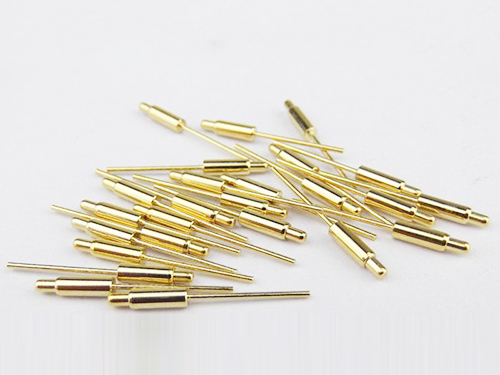The probe is a small single-stranded DNA or RNA fragment (about 20 to 500 bp) for the detection of a nucleic acid sequence complementary thereto. The double-stranded DNA is thermally denatured into a single strand and then labeled with a radioactive isotope (usually phosphorus-32), a fluorescent dye, or an enzyme such as horseradish peroxidase. Phosphorus-32 is usually incorporated into the phosphoric acid group of one of the four nucleotides that make up the DNA, and the fluorescent dye and the enzyme are covalently linked to the nucleic acid sequence.
The goal of the game
Reasonable operation of the detector to successfully reach the destination.
basic introduction
When a probe is hybridized to a sample, the probe and its complementary nucleic acid (DNA or RNA) sequence are tightly linked by a hydrogen bond, and then the excess probe that is not hybridized is washed away. Finally, depending on the type of probe, autoradiography, fluorescence microscopy, enzyme-linked amplification, and the like can be used to determine whether or not a position in the sample contains the sequence to be tested (that is, a sequence complementary to the probe).

